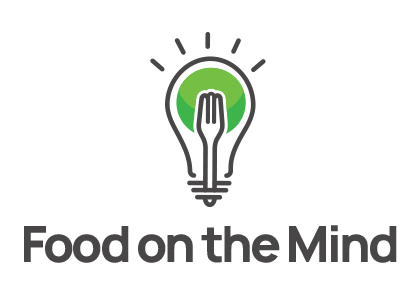Opposite action
Sometimes we are unable to regulate our emotions by simply solving the problem at hand. Maybe acting on the emotion is just not an effective tool for the task at hand or maybe our emotions aren’t justified by the situation. In these cases a technique in the framework of DBT known as opposite action may be warranted.
Opposite action is exactly as it sounds; we act in a way opposite of the emotional response we desire to engage in. For instance, someone walking in front of us let’s a door slam as we are walking into a store. Now, our first inclination is anger and we wish to lash out, calling them names and letting them know the error of their ways. While this might relieve the pressure of stressors within, the respite will be brief and potentially cause a cascade of further conflict, all without resolving our problem which is feeling unseen. In other words, our urge to act in anger would be ineffective.
Instead, the opposite action would be acting kind and forgiving. Speaking to the person in a manner that conveys peaceful resolution and not assuming their intent was malignant. We resolve the unwarranted anger that was built on assumption and we leave the moment without the after effects of unbridled emotion.
Opposite action can be very effective in emotional eating situations. When we start to find ourselves turning to food as a coping mechanism, we can start to analyze our emotions and the situation and act in direct opposition to what our innate urge conveyed.
Like all of these skills, we pause and we practice and we identify and describe. A common thread is slowing down the moments in life to experience them instead of acting on instinct. And couldn’t we all benefit from slowing down? I know I could.

